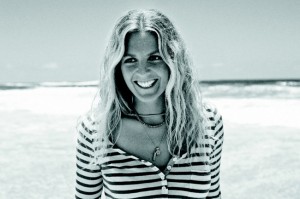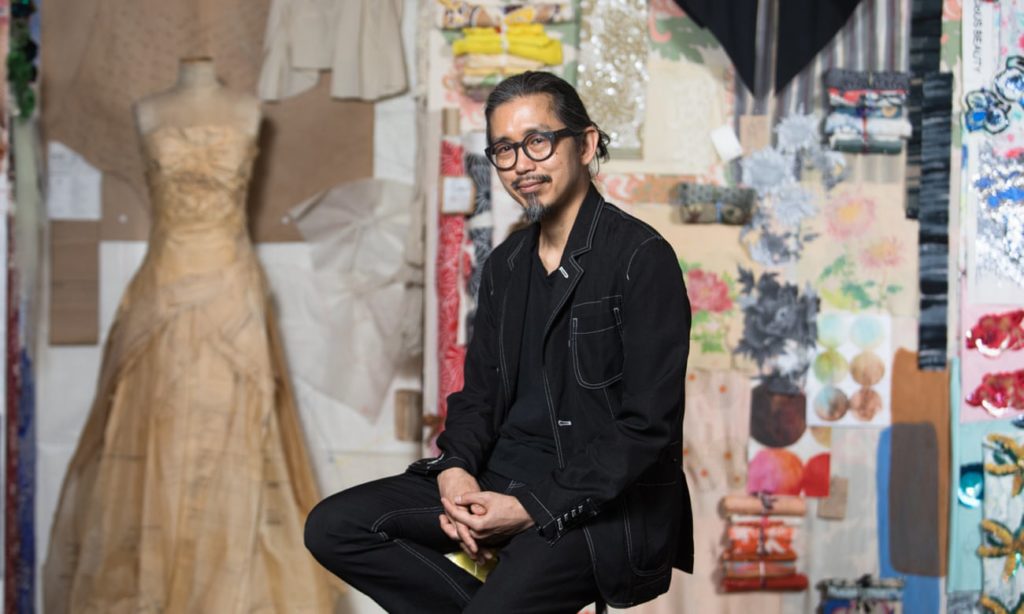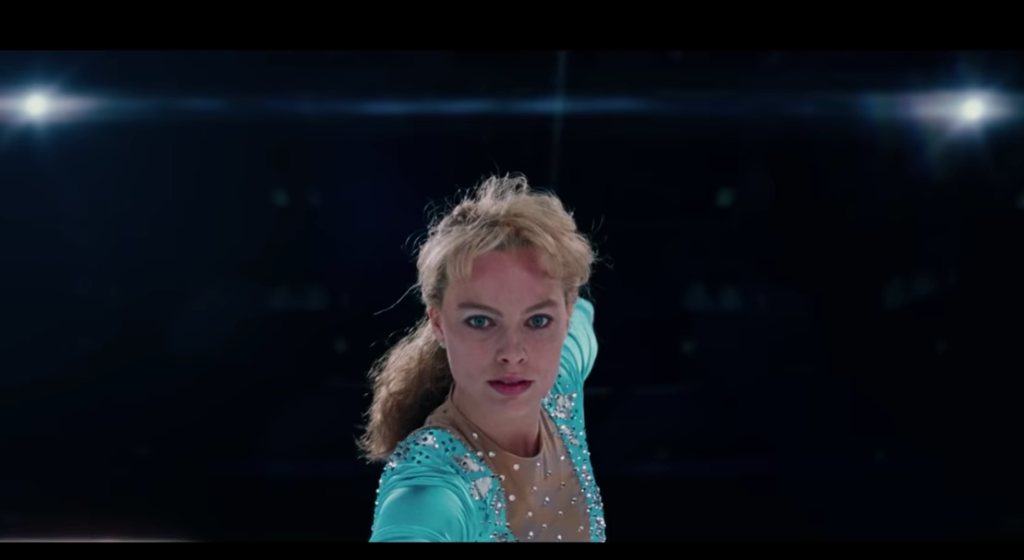Stephanie Gilmore sips a cocktail and looks out onto a flat Bondi surf. With her long blonde beachy hair, green eyes and long lithe frame, she looks more like a model than the world’s top female surfer.And with her high-low fashion combination of Zara rose-print pants, black Quiksilver blouse, Ellery sandals and black leather Balenciaga jacket, she has her fashion credentials down pat, too.
The 24-year-old is in town for the Top 10 Under 30 Most Influential in Social Media lunch organised by Tom Waterhouse, alongside DJ Ruby Rose, swimmer Stephanie Rice – and one Julia Gillard. With more than 25,000 followers, Gilmore is a social media fan.“For athletes it’s so cool because we can become more accessible and the general public can relate to us more through our personalities.” It also banishes the image of the robotic athlete who does nothing but train.“That’s so far removed from my life anyway,” says Gilmore with a wide smile.
Gilmore cross-trains but mostly she spends time in the water doing what she loves. Winning comes down to confidence and mental ability, she says. “I don’t want to get too deep and hippie,” she confides, “but when you’re out there in the surf, the ocean likes to reflect the way you’re feeling. You can paddle out in a heat and be in a really negative frame of mind and you’ll get frustrated and you won’t be able to find the waves … If you just stop and appreciate where you are, you’re competing but you’re surfing – the most free and beautiful thing in the world to do – then the waves will come.”
Yet it’s undeniable she’s a winner. Since she grabbed the prestigious Women’s ASP World Tour title as a 19-year-old rookie in 2007, she has taken it out a further four times. Only once has it slipped away from her. Missing out in 2011 was difficult:“When I had to hand the trophy back I was like: ‘Oh my goodness, this is really happening.’” In fact, as she handed it over to the new winner, the perennially easygoing Gilmore quipped: “Carissa [Moore], take good care of it, I’ll let you borrow it.”
Everyone was shocked – especially Gilmore: “I was so surprised that even came out of my mouth.” In fairness, she had gone through a difficult year. In 2010 she was attacked in the stairwell of her apartment building by a mentally ill homeless man, and sustained head wounds and a fractured wrist. Her attacker was recently sentenced to four years’ imprisonment. Gilmore is reflective about the experience, saying everything happens for a reason. In fact, she feels sorry for her attacker, and believes it demonstrates the importance of improved care for the mentally ill.
“When you’re out there in the surf,
the ocean likes to reflect
the way you’re feeling.”
For herself, she’s proud of the fact that she has moved on. “It happened and I can’t change that and I’ve gone down and come back up again.” Being out of the spotlight gave her a year off, and time to return to her winning form. “I went from defending to being on the attack, which was a refreshing place to be and something that I embraced.” And she’s very glad she won it back in 2012: “I would have looked like an idiot if I didn’t win.”
Her feminine approach makes watching Gilmore in the surf a joy. It’s something that she acknowledges has come about thanks to countless women surfers before her. “For a long time female surfers have had to fight for that respect within the industry, especially in professional surfing.That’s why a lot of female surfers had to take on this masculine, aggressive image, because they felt like that’s what they had to do to compete.” Surfers like Layne Beachley and American Lisa Andersen broke the mould.“In the last five years, [young surfers] have all been able to blossom into young women who love surfing, but we love to have that feminine touch. It’s surfing with a power and a style, but it’s very graceful and a different way to do it than the guys.”
In fact, Gilmore sees it more as performing than competing. “I love to ride the wave as my stage. I really think it’s such a cool way for young females to appreciate athleticism in women – less of an aggressive thing and more of a performance.” She adds: “It’s like a dance. Dancing on the waves, that’s how I like to put it now.”
Published in Vogue Australia January 2013
WHY DON’T YOU READ:




